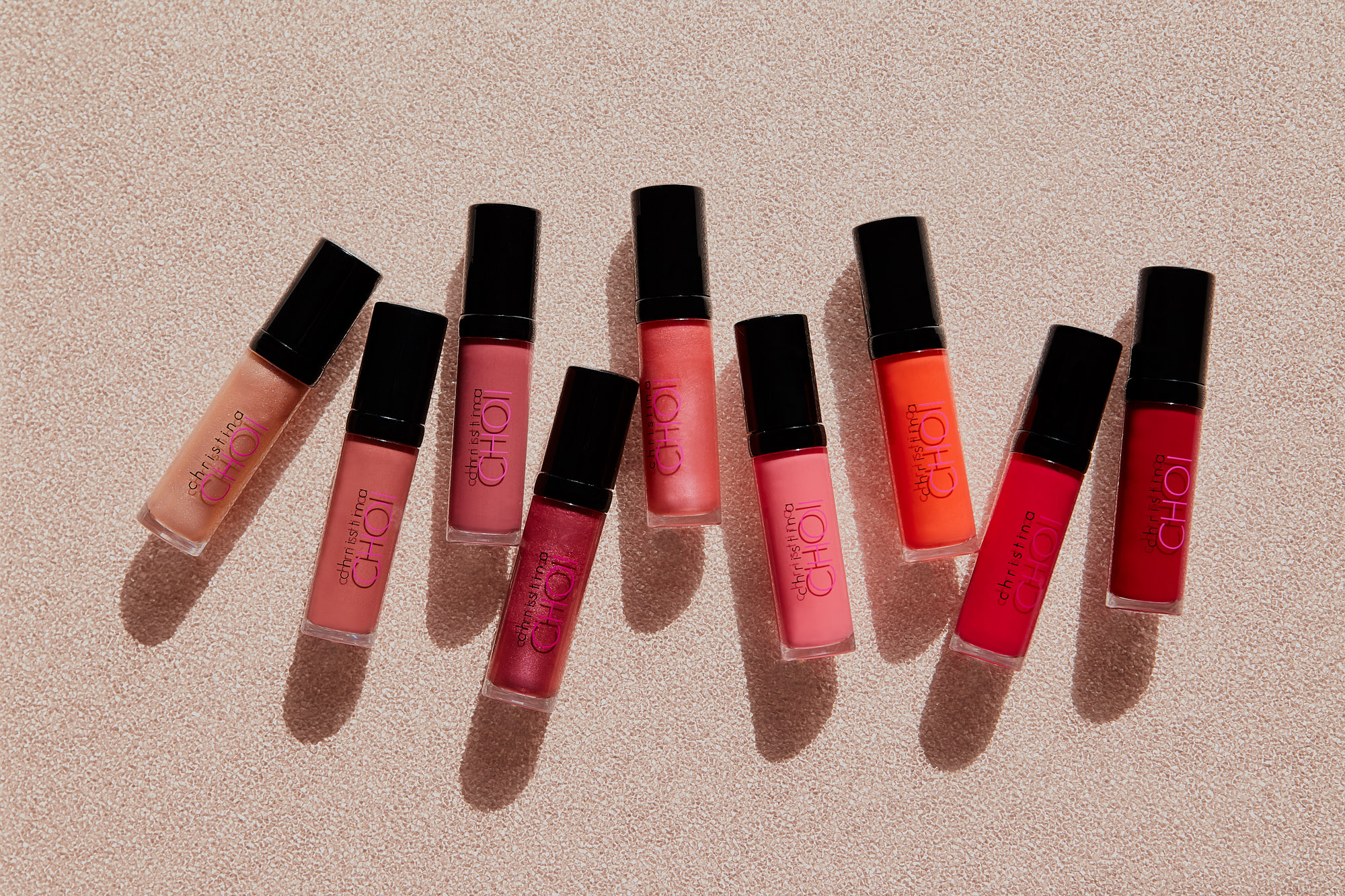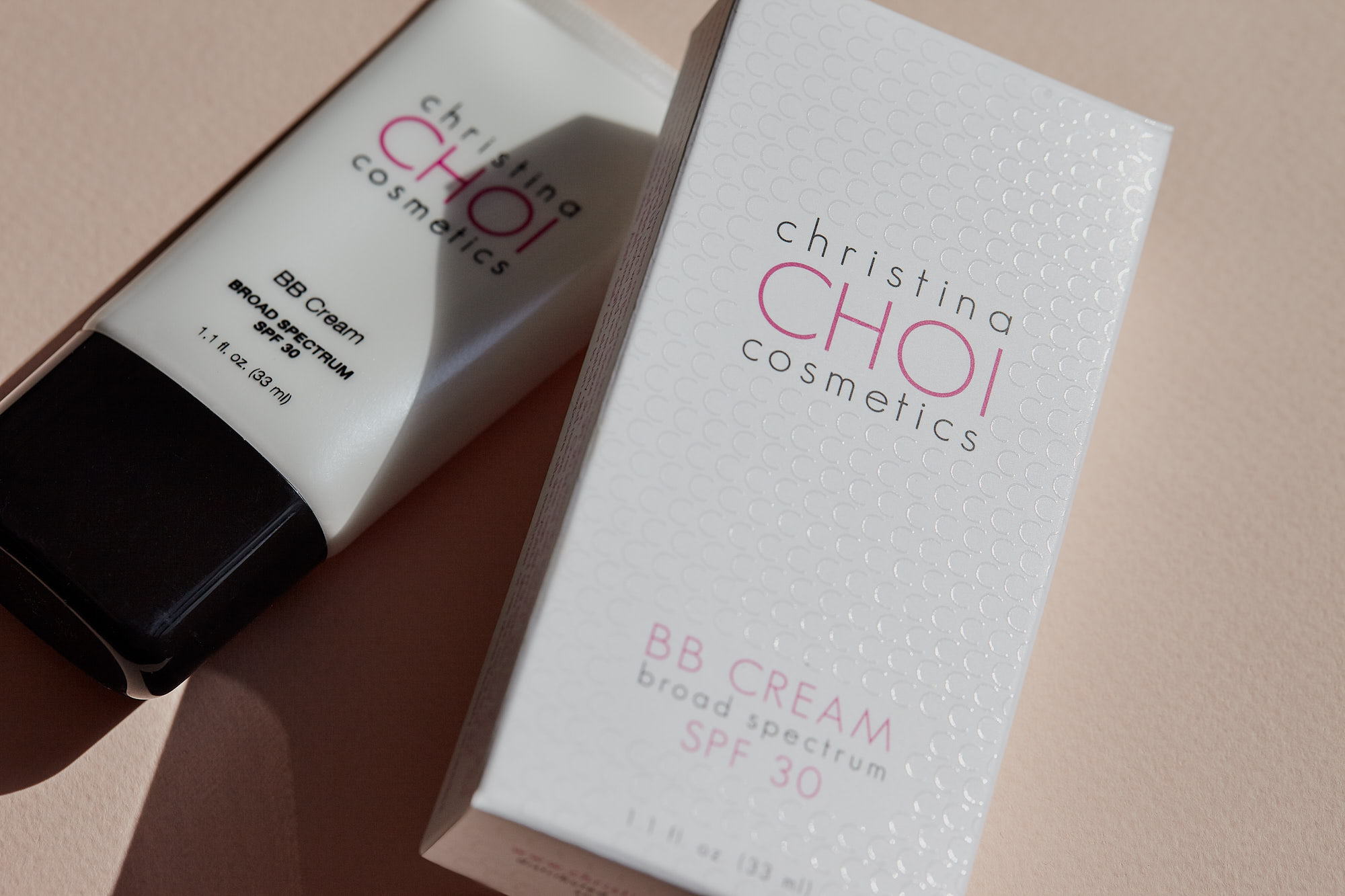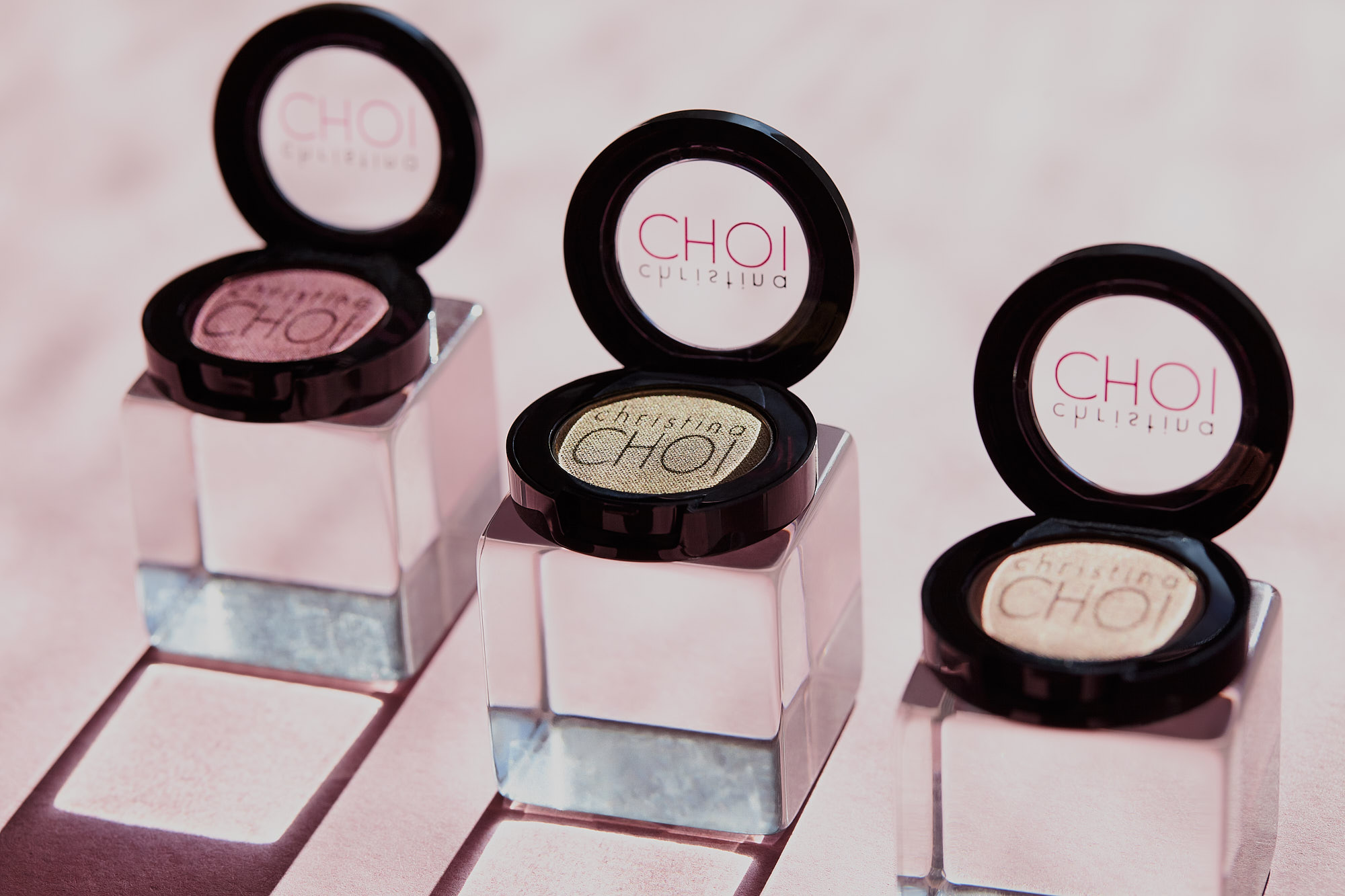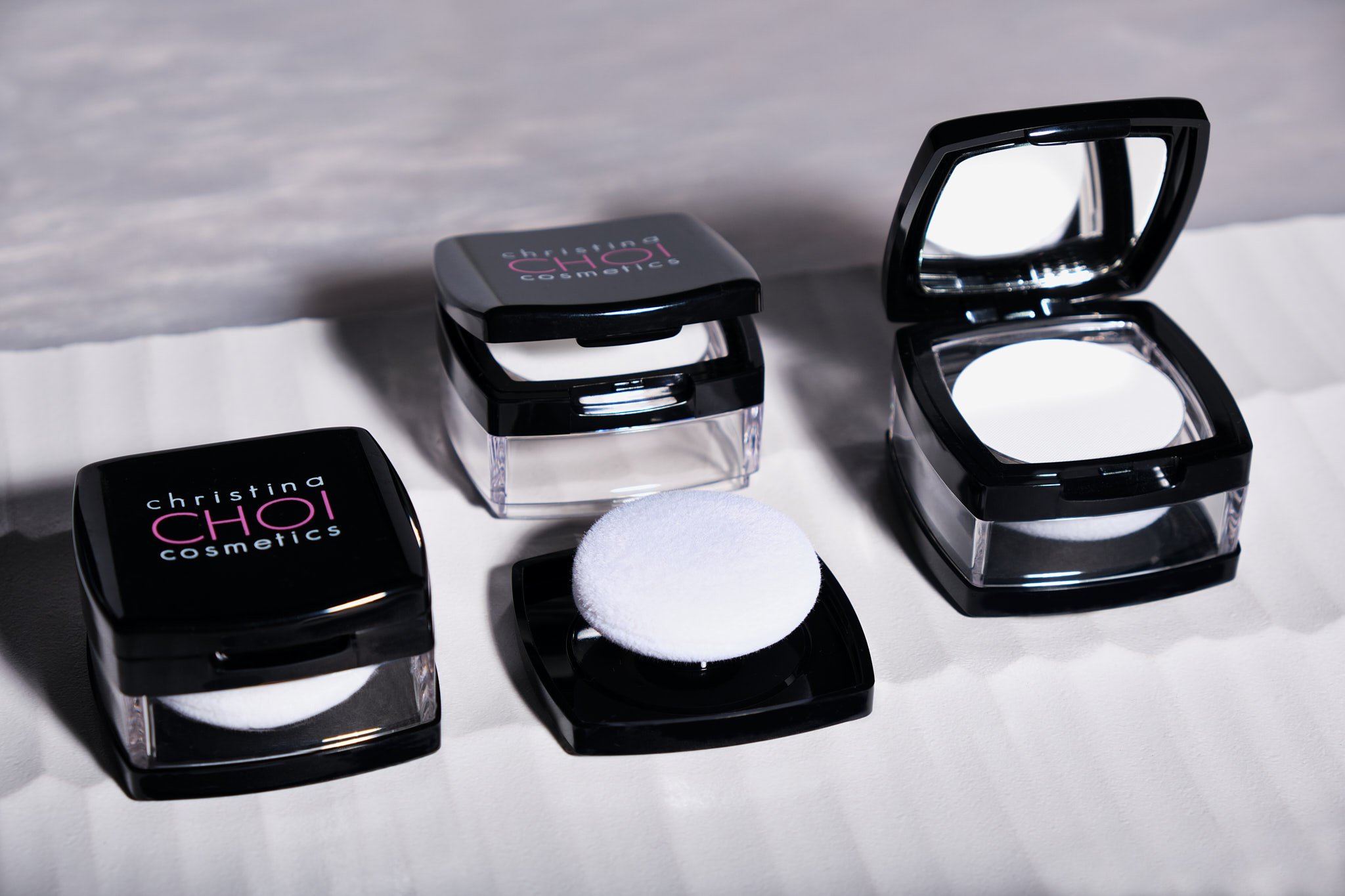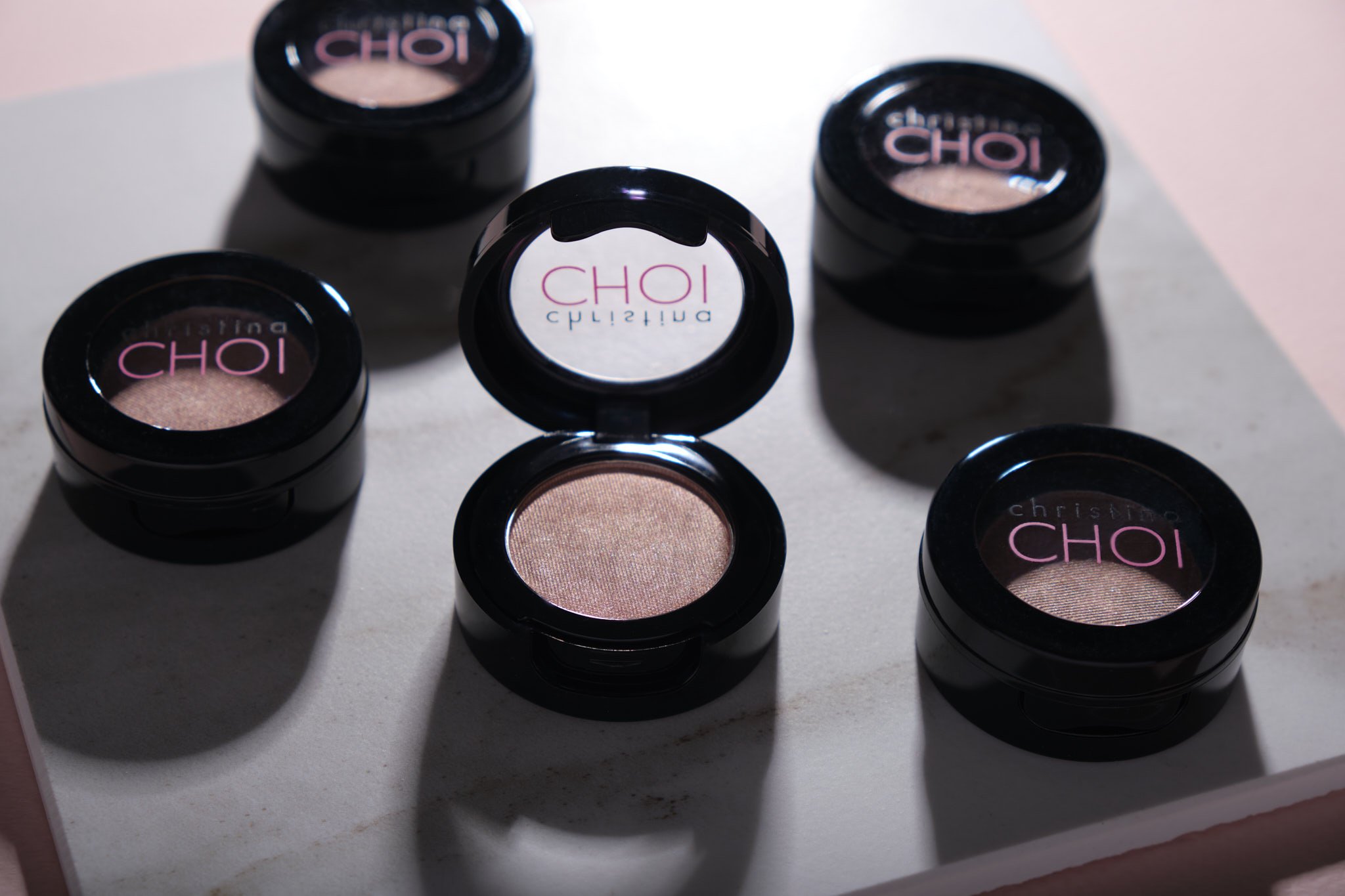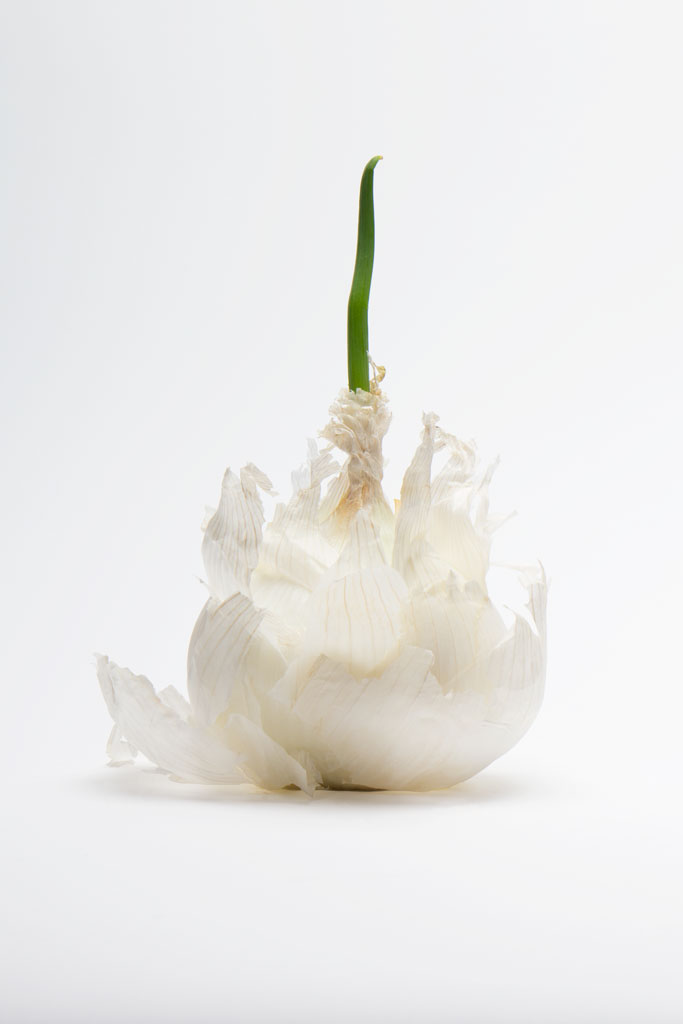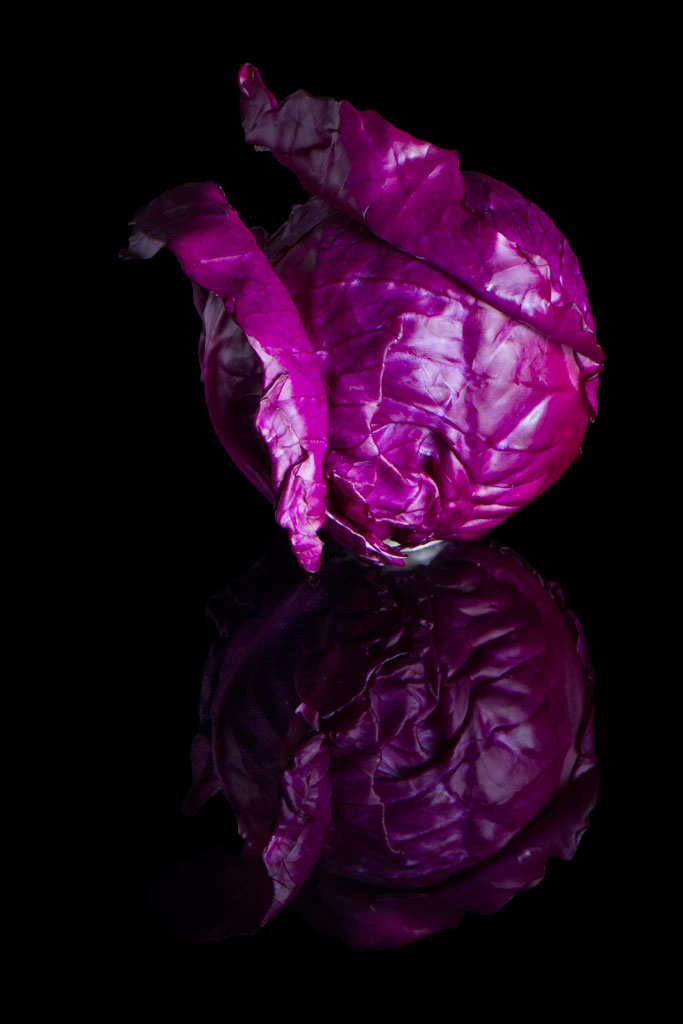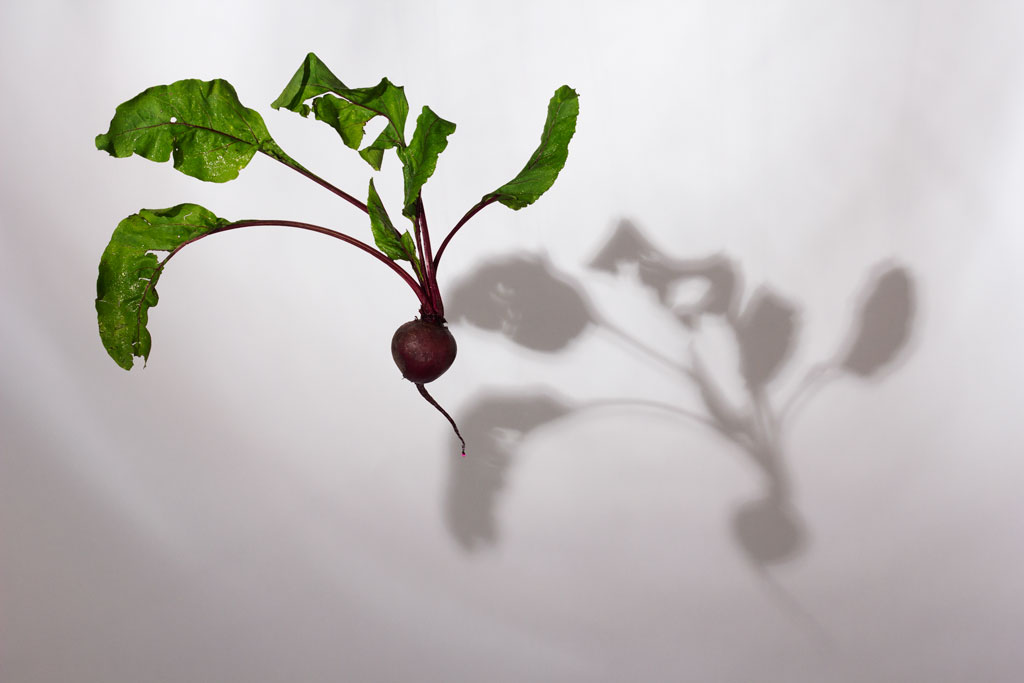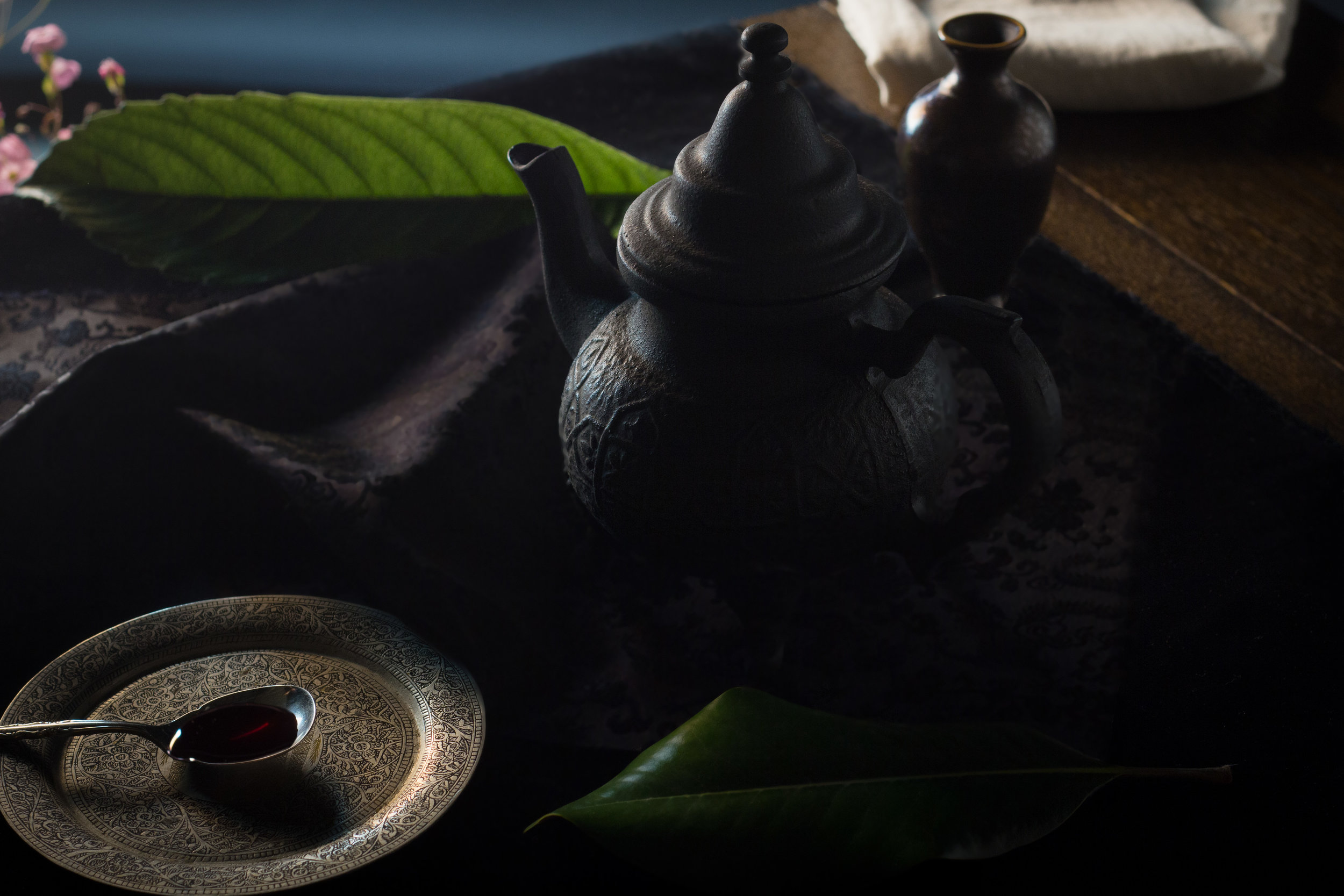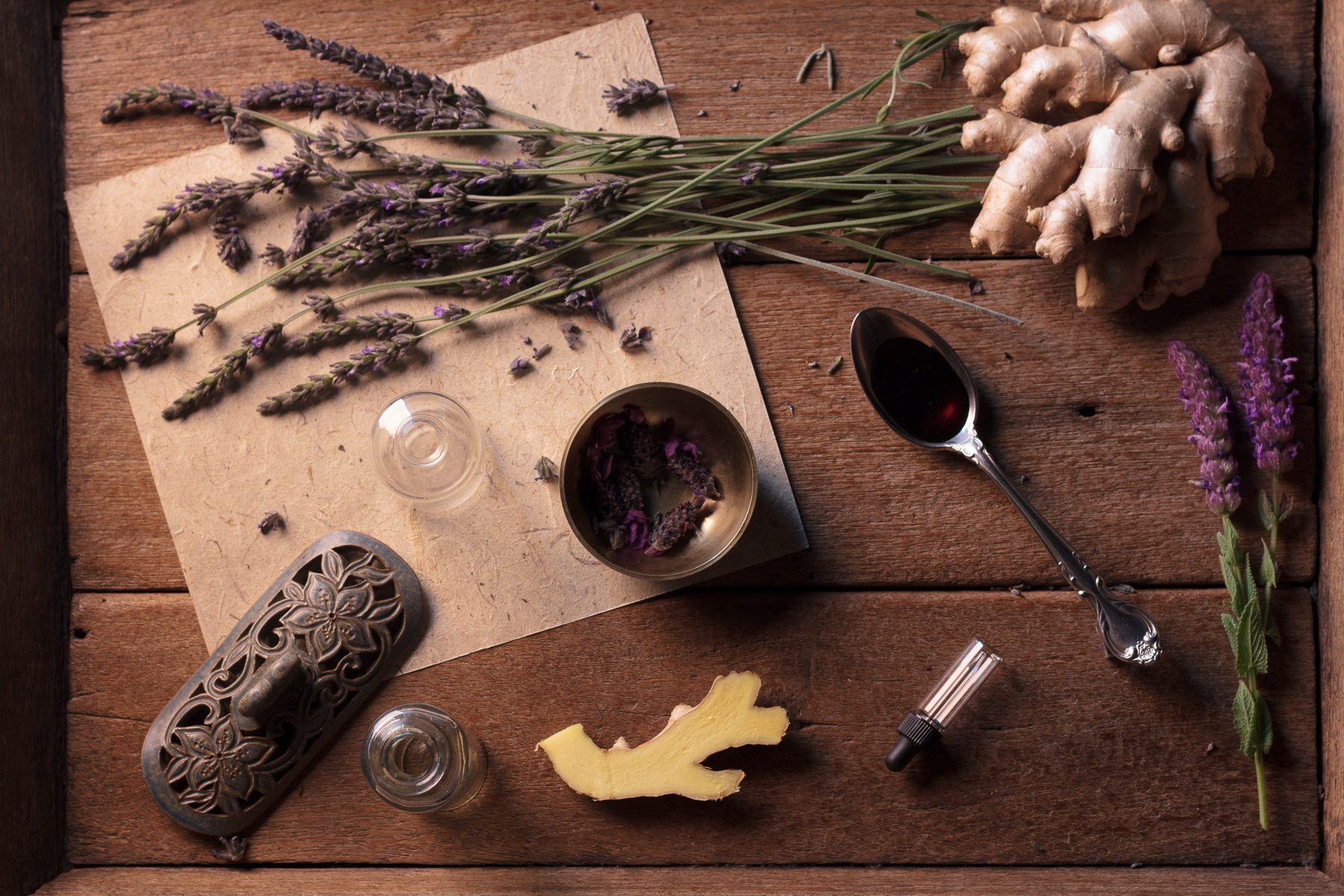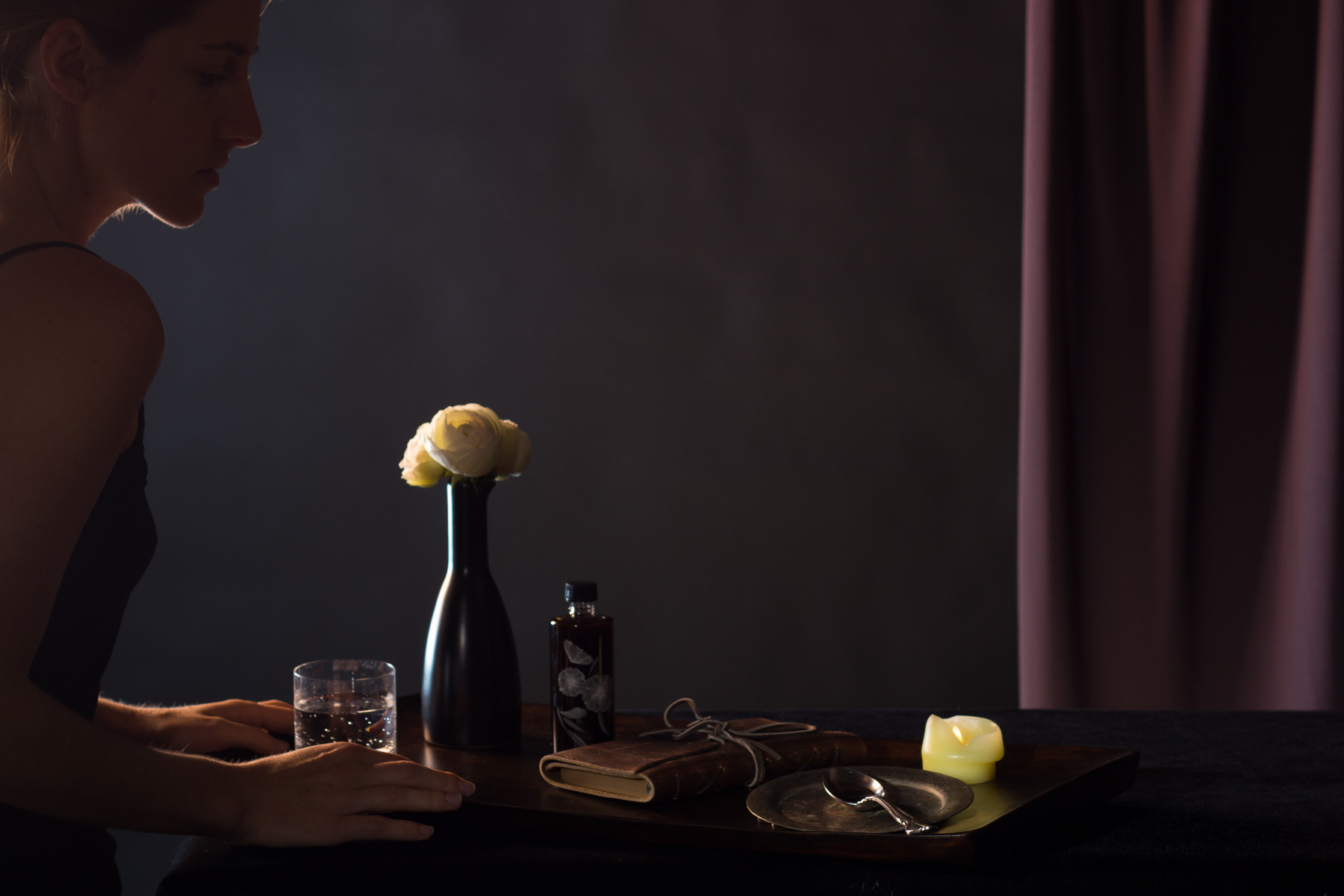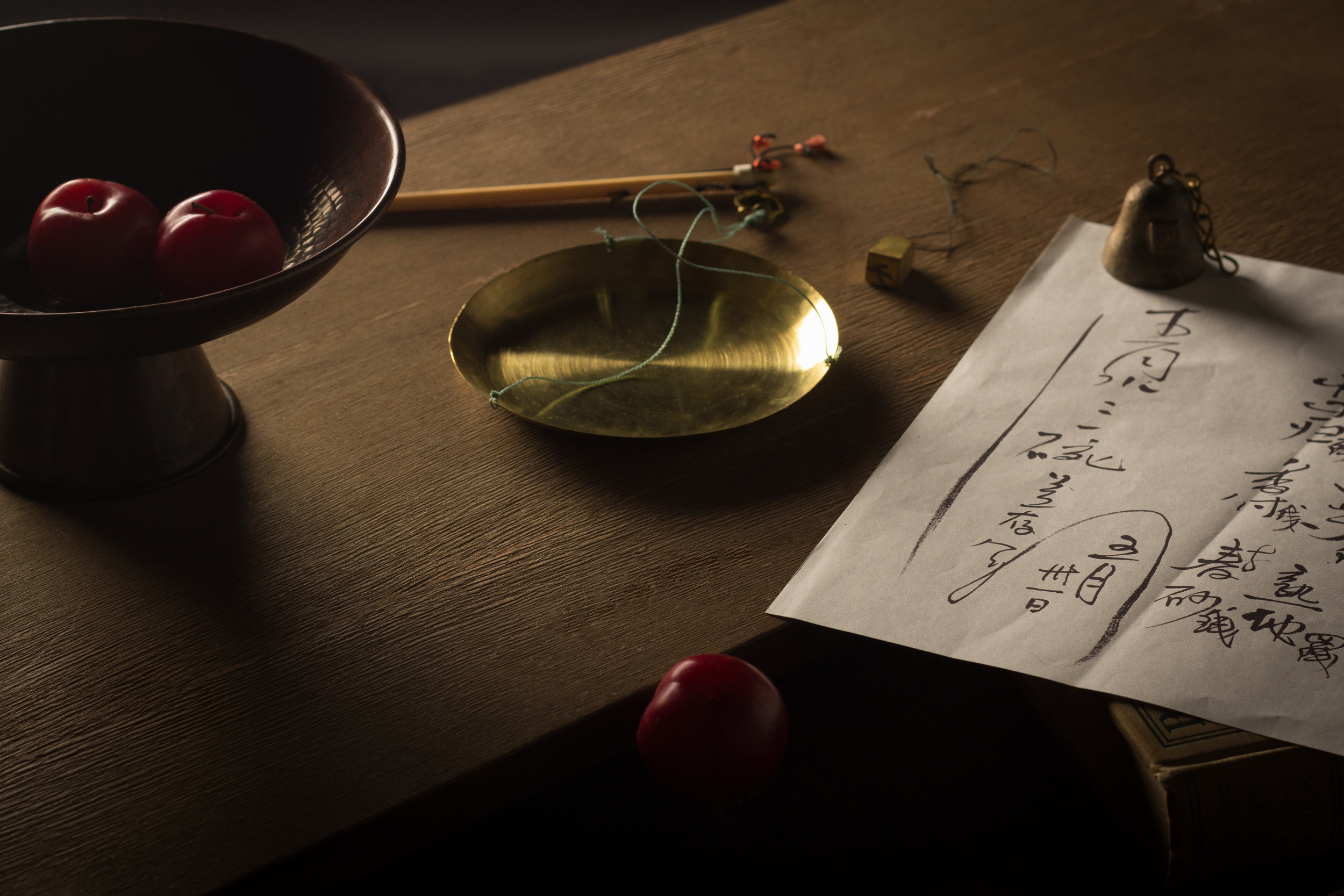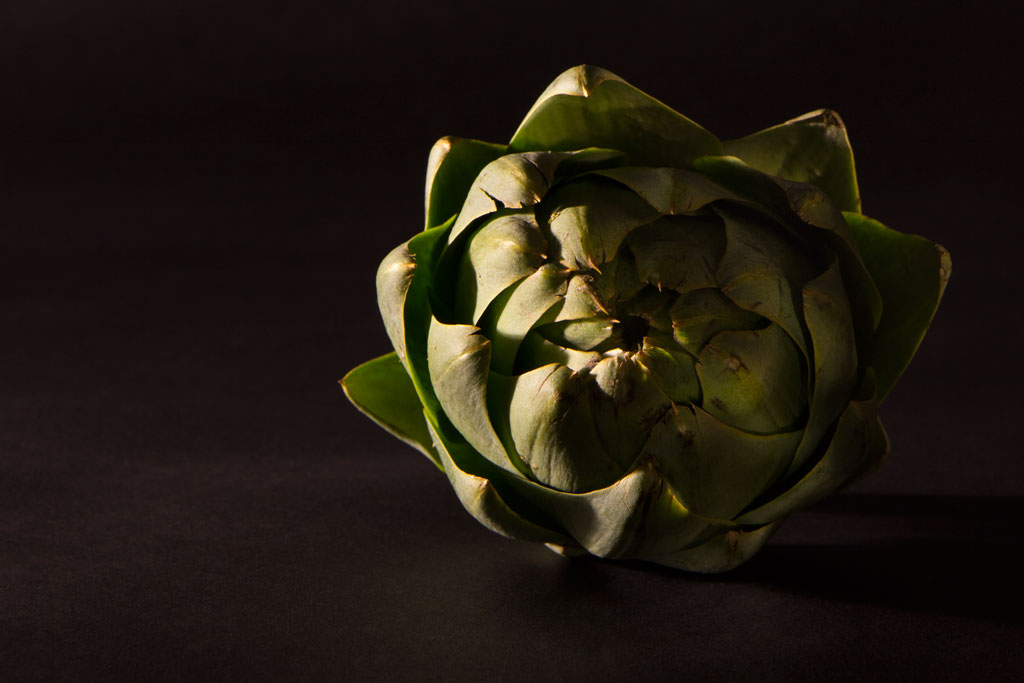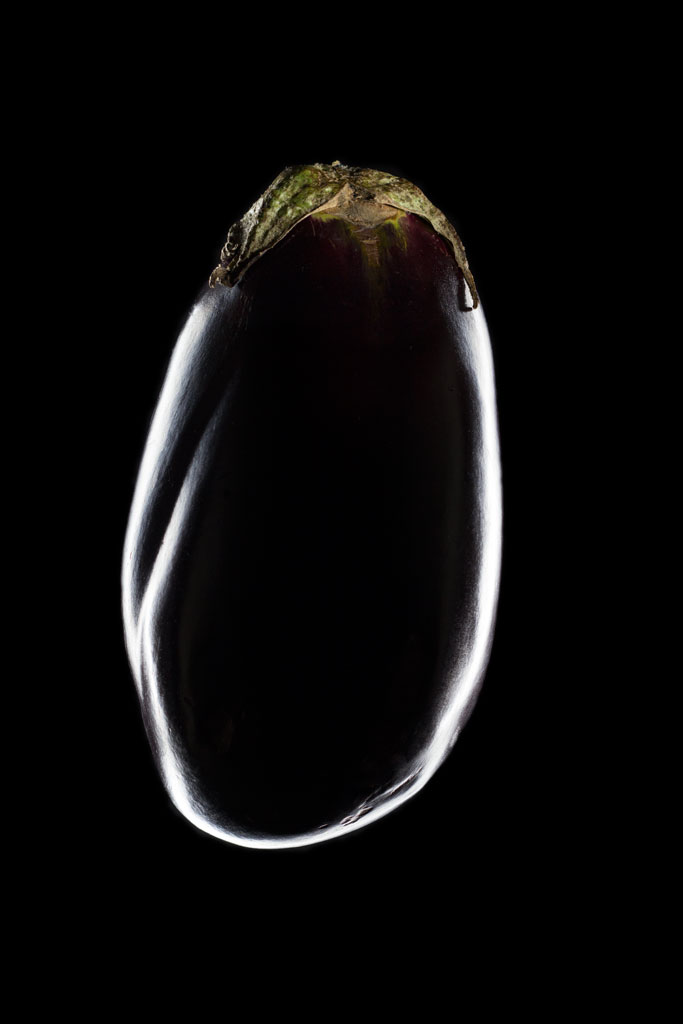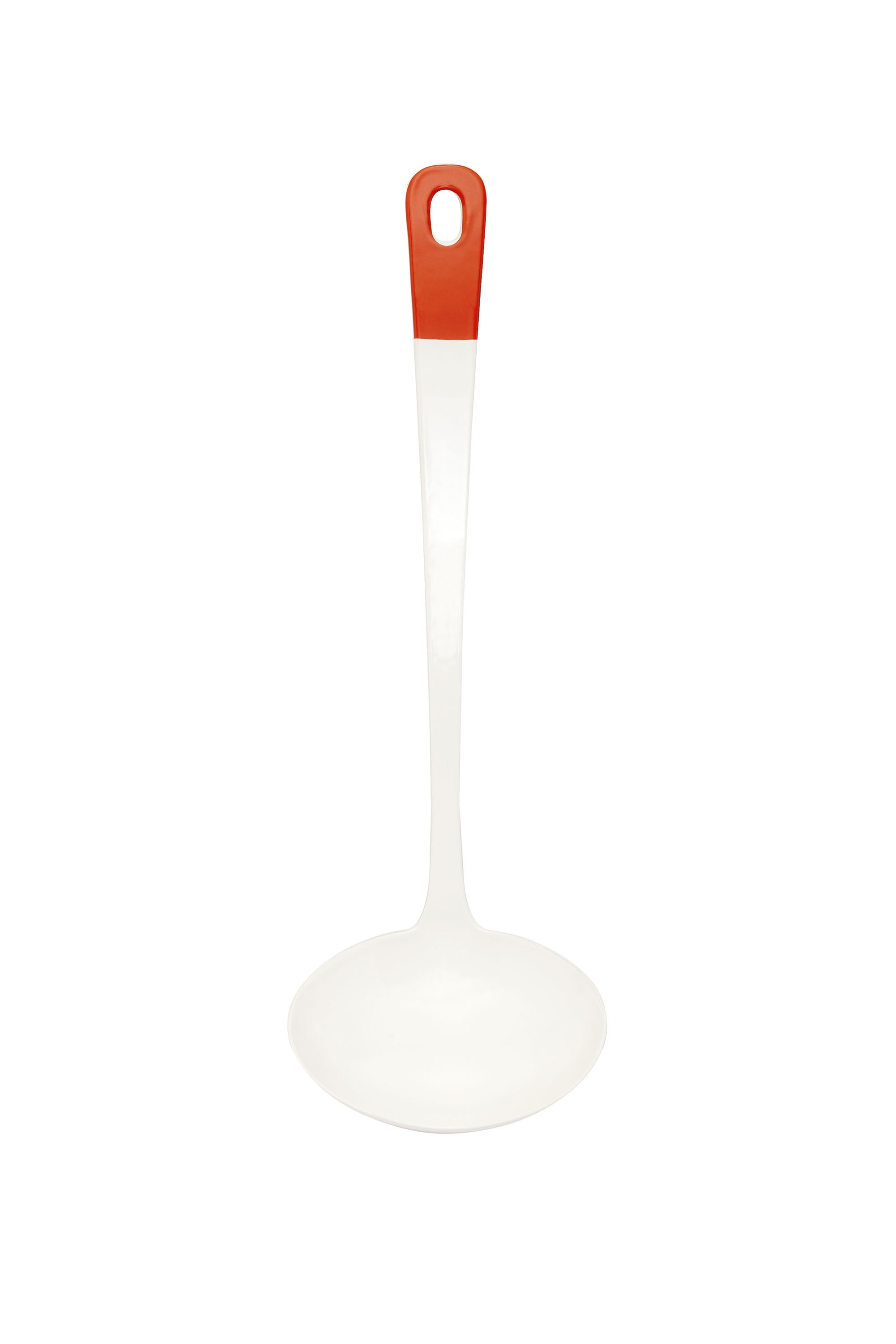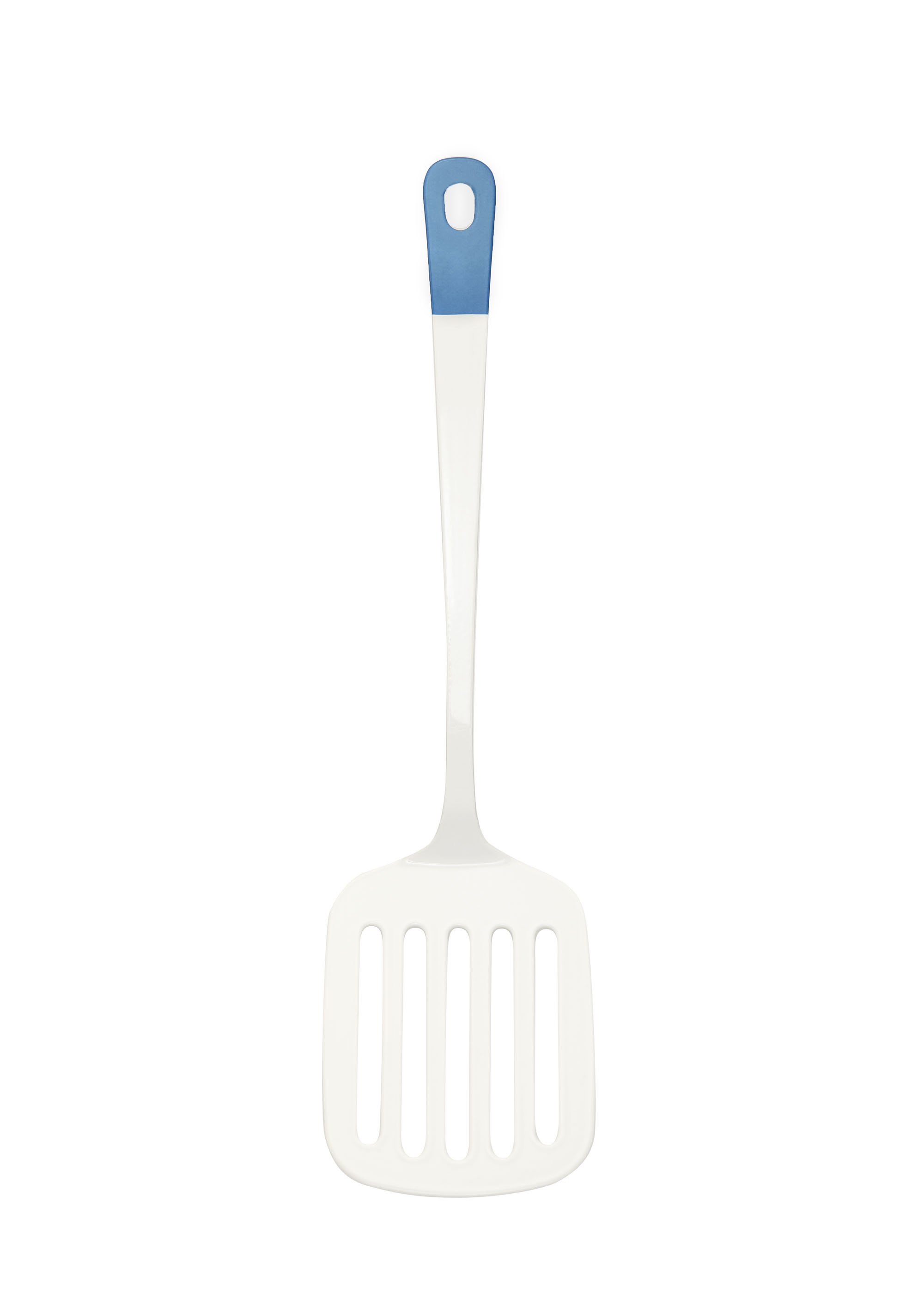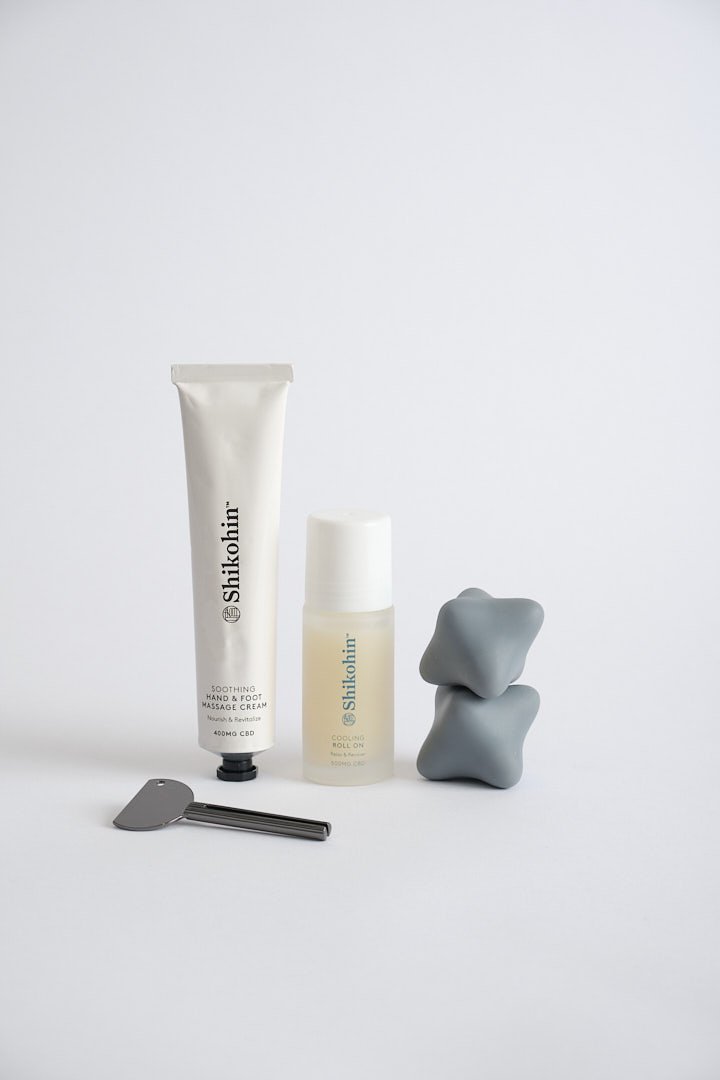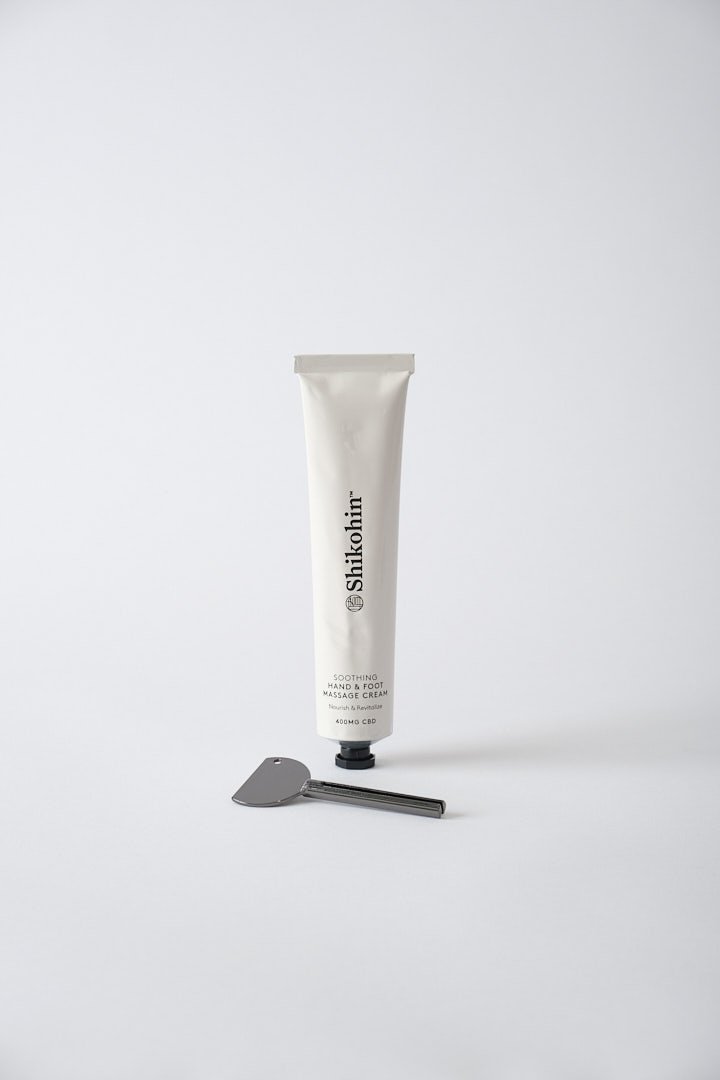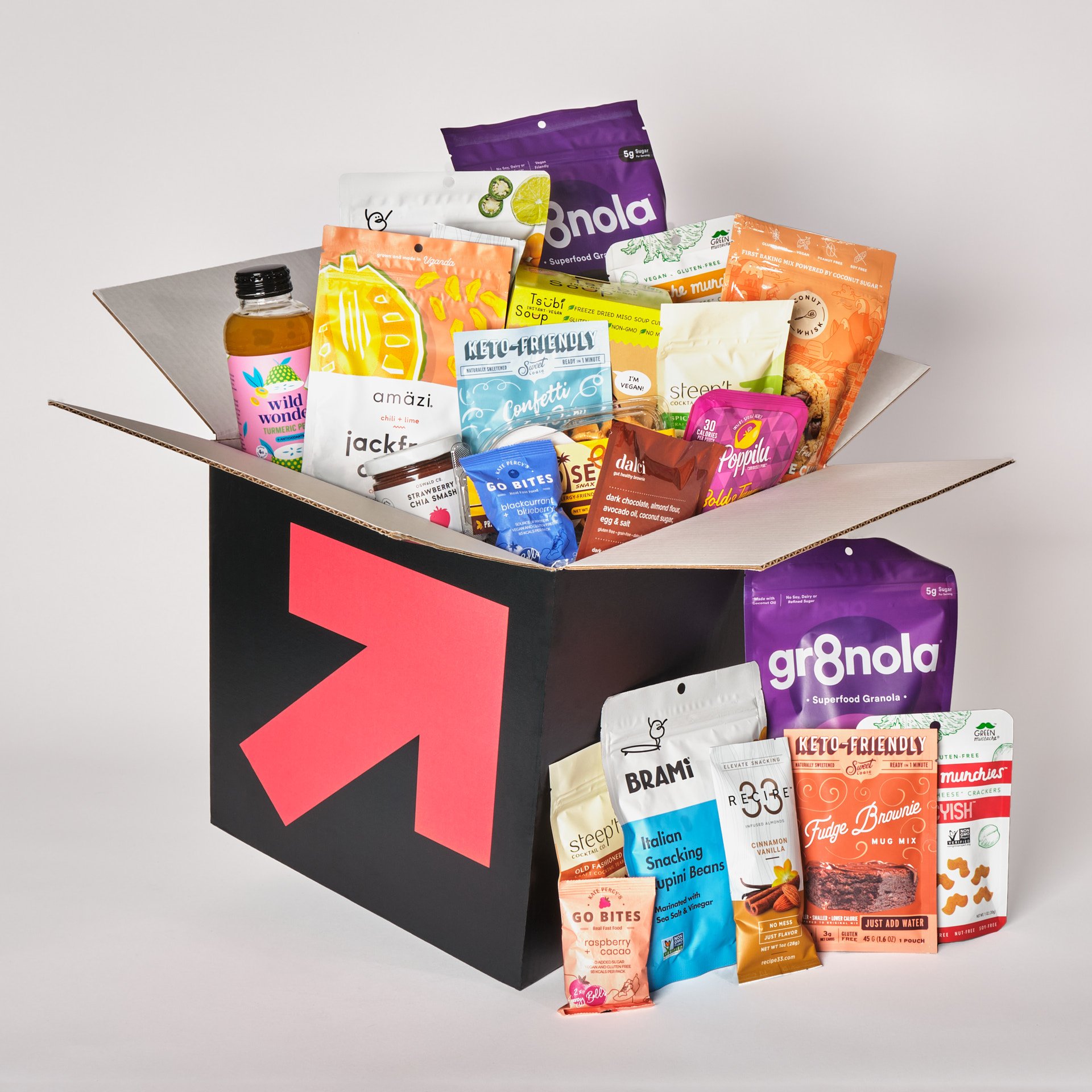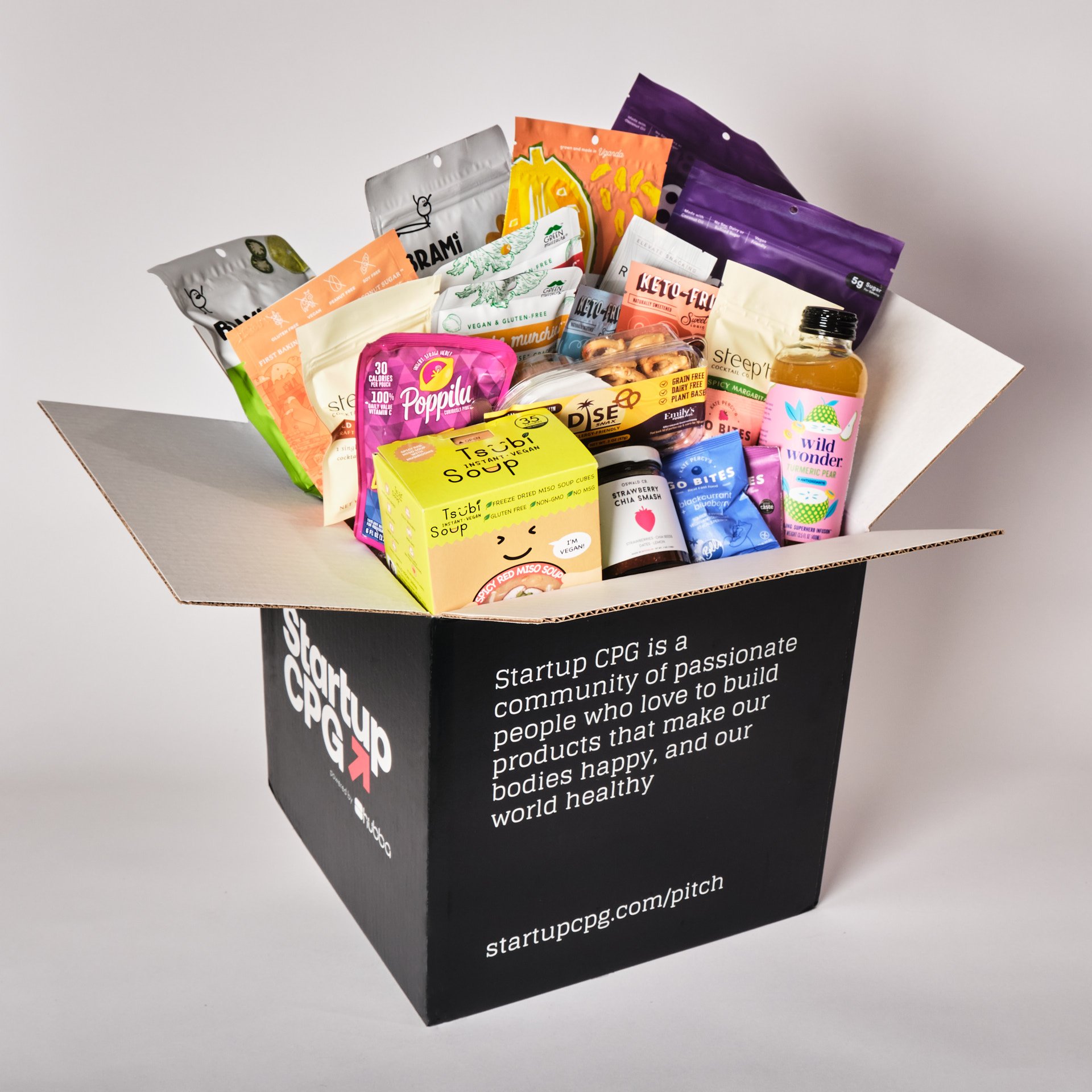This past semester I took the Advanced Studio Lighting course at City College of San Francisco, which has a well-established photography department. In order to successfully complete the course, I had to submit and present a final project. The final project requires six photos using lighting techniques to demonstrate technical and creative ability. The photos had to have a concept--an idea or theme that ties the photos together.
After some thought I decided I wanted to photograph vegetables. I love food photography and am used to making images that are visually appetizing such as the one below.
I usually call these my food porn shots.
I love photographing food, particularly vegetables and fruit because they are beautiful in color and form. For my studio lighting project I wanted to challenge myself to grow as a photographer and begin to develop a body of work. Professionals in the field tell emerging photographers such as myself that it is important to produce a "body of work." Meaning, a set of photographs that represent my skills, subjects of interest (or niche/specialty), and point of view/style.
My goals for the final project were to:
- Allow people viewing my photographs to see the vegetables in a new light. Ideally, to elicit a "Wow" response.
- Challenge myself to grow by photographing a familiar subject in an unfamiliar way--as objects of fine art rather than for eating.
- Use different lighting techniques for each photograph.
- Capture as much in camera to reduce post-production time, i.e., spending the majority of my time in front of the camera perfecting my image composition and lighting before taking the photo vs in front of the computer, photo shopping after the fact.
The six rules I developed as I conceptualized and executed the project:
- Only one vegetable* per photo.
- Each photo must be of a different vegetable, and the vegetables must be of different colors.
- The vegetable must be familiar and not exotic, e.g., an artichoke vs a taro root.
- The vegetable must appear whole; no invasive cuts may be seen in the photograph but the vegetable itself does not have to be perfect.
- The photograph must be closed composition.
- The photograph must be taken at about "eye-level" of the vegetable.
My approach went in one of two ways:
- Highly pre-visualized. I knew exactly what I wanted my photo to look like when I was done and my challenge was to execute that vision. The eggplant and bell pepper were pre-visualized. I knew also that I wanted to do an extremely low-key (black on black) and a high-key photo (white on white), and that I wanted to do three photos with dark backgrounds and three with light backgrounds.
- Playing around in the studio. I knew I wanted to photograph a beet but I had no idea how I wanted the final photograph to look like. I would go into the studio with my vegetable of choice and play with the subject and lighting until something clicked.
This was my first photography project done exclusively with studio lighting and I feel proud of the work. I have received positive feedback from classmates, professors, and others with whom I've shared my work both at CCSF and outside of CCSF, with and without photography/art backgrounds. The onion, the eggplant, and the bell pepper were crowd pleasers. Paraphrasing two compliments from my professor:
“If you were to take these images to an agency, they’d clearly see your talent.”
“These photos work well together and at the same time each image can stand alone, which is hard to accomplish. ”
Here are the final results. You can click on the images to see them larger. Take a close look at the beet photo. There's a fun little detail.
*I use the term vegetable here to match how my subjects are commonly perceived. Eggplant is technically a fruit, but often referred to as a "vegetable."










